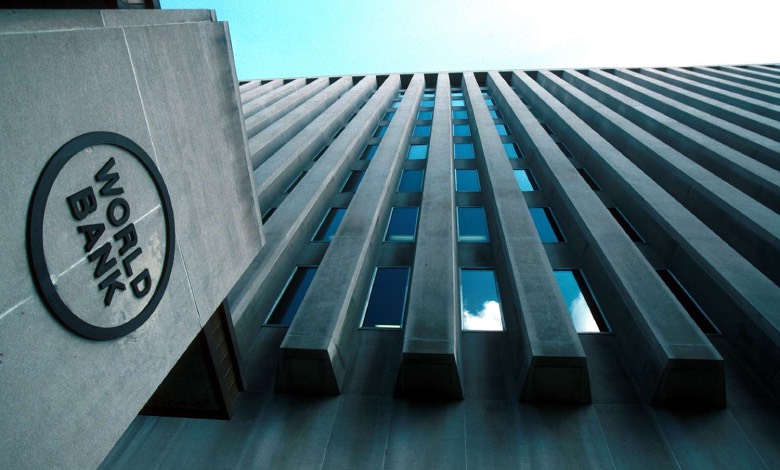The World Bank has revised its poverty line standards, introducing new benchmark that significantly impact how we measure extreme poverty globally. Under the update criteria individuals spending less than $3 per day (approximately ₹257) are now classified as living Below the extreme poverty line.
India’s Remarkable Progress in Poverty Reduction
When viewed through India’s lens, these new standards reveal a dramatic transformation in the country’s poverty landscape between 2011-12 and 2022-23. According to a report by The Indian Express the percentage of Indians living in extreme poverty has dropped to just 2.3% of the total populations in 2022-23, compared to over 27% in 2011-12.
This represents a stunning reduction in absolute numbers while 344 million Indians were classified as extremely poor in 2011-12, this figure has plummeted to 75 million in 2022-23 under the World Bank’s new assessment framework.
Impact of Previous Poverty Line Standards
The World Bank’s analysis also examined poverty rates using the previous benchmark of $2.15 (₹181.88) per day. Under this older standard, 16.2% of India’s population was considered extremely poor in 2011-12 a figure that decreased to just 2.3% by 2022. In real terms, this translates to a reduction from 206 million people to merely 34 million people living in extreme poverty.
Revised Lower Middle-Class Income Thresholds
Beyond extreme poverty measures, the World Bank has also updated its Lower-Middle Income Country (LMIC) poverty line, raising it from $3.65 (₹313.14) to $4.20 (₹360.33) per day. This adjustments reveals another significant improvement in India’s economic landscape.
Under this revised Lower-Middle Income Country (LMIC) threshold the percentage of Indians falling below this line decreased from 57.7% in 2011-12 to in 2022-23. This represents a reduction from 732 million people to 342 million people.
